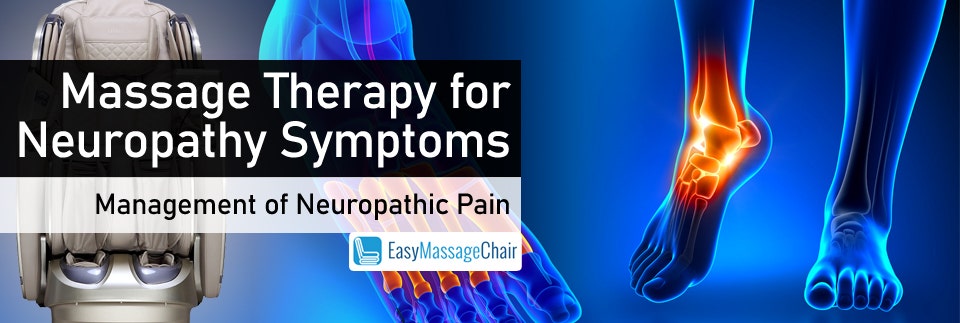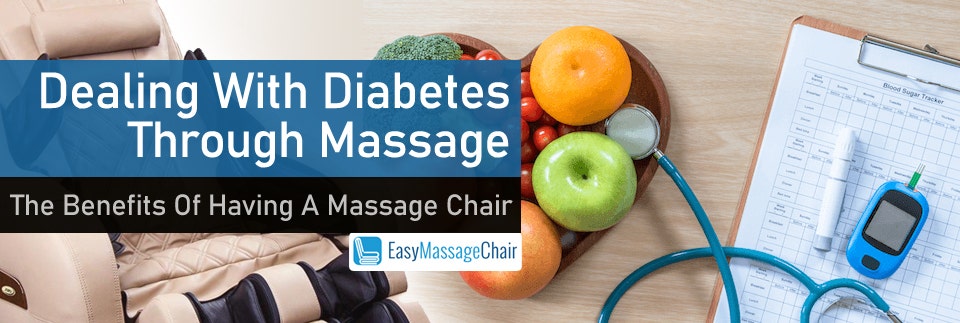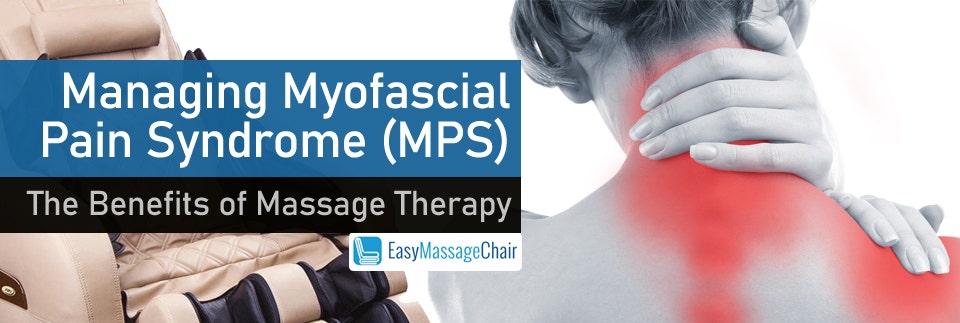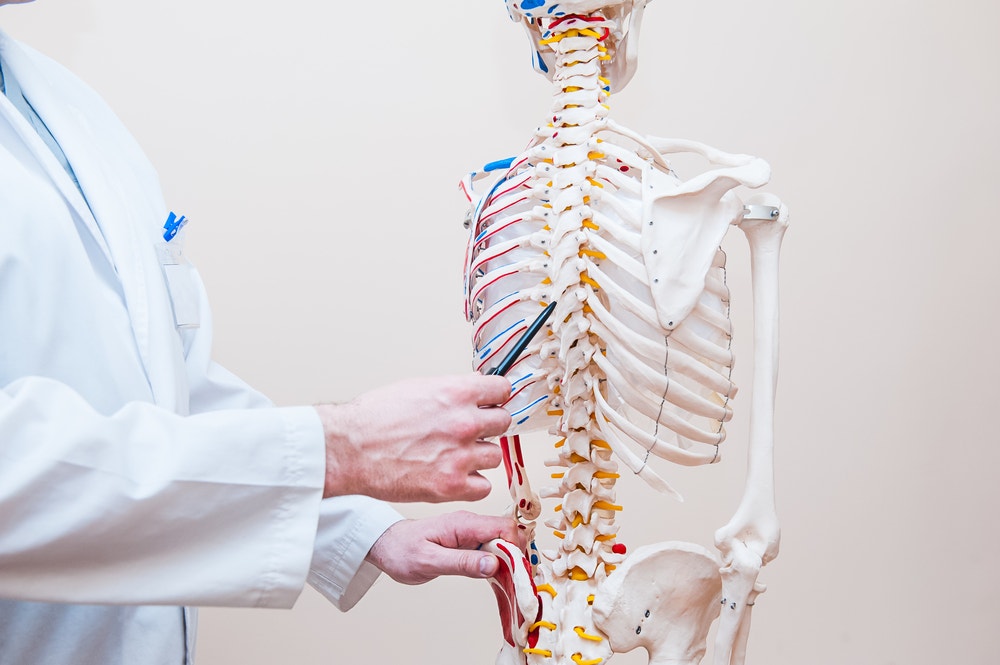 No comments
No commentsEver heard of the peripheral nervous system? It’s the system of nerves responsible for sending signals to and from your brain and your spinal cord (aka the body’s central nervous system). And what are they for? They help you feel the sensation when your skin touches something (sensory nerves). They also play a role in controlling muscle movement (motor nerves) and other bodily functions (autonomic nerves).
Now, imagine what happens when this system of nerves becomes damaged: Your ability to feel sensation will be impaired or completely lost. Your muscles become weak, so movement gets affected and limited. Worse, you may even experience lingering pain. That is what you call neuropathy. One (mononeuropathy) or more (polyneuropathy) peripheral nerves may become damaged and affected by neuropathy. Either way, varying and often multiple symptoms of neuropathy present quite a challenge when it comes to managing and coping with this condition.
What causes neuropathy?

Neuropathy may either











